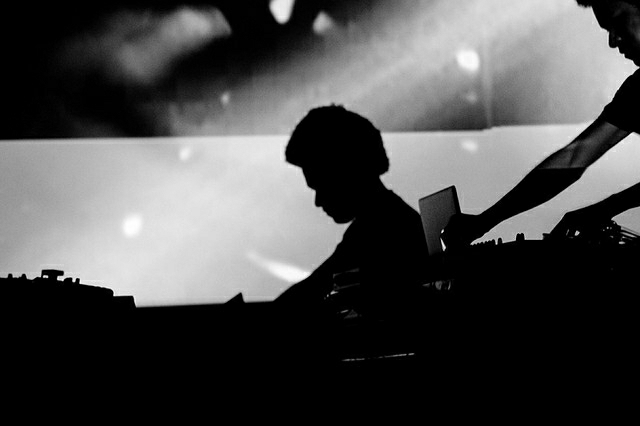Zan Lyons // Zan Lyons

Many live shows feature visual elements at least to some degree, however few electronic musicians give visual media as much credence as London based Zan Lyons. Having fallen in love with the art of cinematography, Lyons’ music is inextricably linked to the visual elements which make up his live performances, clips of which are triggered and processed live, soundtracked by gritty, hardcore tinged percussion and atmospheric, processed strings.
With a performance for Contort’s day at Atonal festival on Sunday, We caught up with Zan to discuss his influences, and how visuals inform his music and vice-versa.
How did you get involved in Contort/Atonal?
I met Sam and Hayley a few months before the first one and they asked me to play. I loved it so much I asked to play at the next one. This will be my fourth Contort!
Who else are you looking forward to seeing play at the festival?
The entire lineup is incredible! Highlights for me would be Samuel Kerridge and Russell Haswell.
The prospect of performing in a power-plant seems quite befitting of your sound palette, how much do you think setting affects your performances?
Hugely! There’s a great deal of improvisation in my shows so I always respond to the environment I’m Playing in.
As an A/V artist, how important do you think music is to dictating the context of a film?
In terms of my own work, I work symbiotically on both so the tend to influence each other. In terms of feature films, music and sound design are half the film. When done well, the music acts as another character driving the narrative.
I have heard you say in interviews that film-making was your first love. How did you get into making music and was your music linked to working with film when you started out?
Film was definitely my first love but I was actually a musician for years before I ever picked up a camera. As a teenager in London in the early 90’s hearing the early rave records was literally life-changing! People only a few years older than me were making these incredible sounds with minimal equipment in their bedrooms. It showed me that it was even possible to make this music myself. It was hugely inspiring.
How does your live set up work in terms of editing both music and visuals live? Do you use programs like Max MSP a lot? When writing, do you usually start with visuals and write music after or vice-versa?
I use Ableton Live a midi pedal and a small controller keyboard. My process is more like live editing than traditional VJing. I need complete control over all the elements so nothing is generative. I use Ableton’s built in Looper for my Viola and I map keys and pads to Visual cues and sound elements. It’s all live so I have freedom to vary shows.
Who do you admire in terms of other visual artists?
Andrew Huang has some great work. There’s an incredible comic book artist in the UK called Jase Daniels. Czech painter Jan Saudek is amazing. I love what the Light Surgeons do with live documentary.
Finally what are your plans for the rest of 2013?
Finishing my long-form audio/release. I’m completing the post work on the images at the moment so shouldn’t be too much longer.
- Published
- Jul 26, 2013
.jpg)